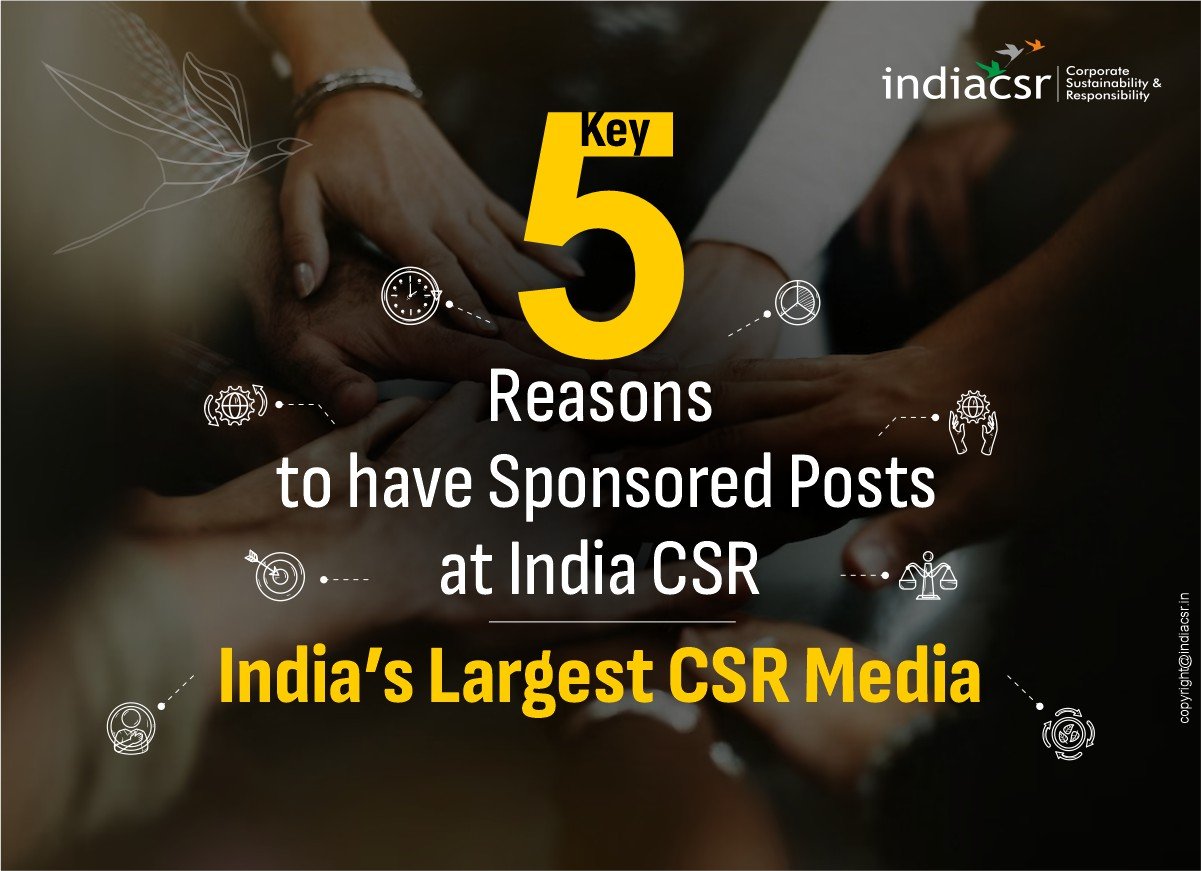Untangling the conceptual knot of capturing women’s unpaid household work is a complicated endeavor
The government is reportedly considering methods to quantify unpaid household work by women to provide richer data on national income accounts. However, this dataset has limited applicability in arriving at numbers for the gross domestic product (GDP) due to a conceptual knot over interoperability. For instance, is parenting at home the same as childcare in a kindergarten?
- Gender patterns in time devoted to unpaid care work cut across geographic regions, household income and societies.
Complications in Defining Leisure
Incorporating unpaid work into a data stream of work that can be transacted faces an added complication with the definition of leisure. Cooking and eating a meal at home can be a chore or a form of leisure activity. It becomes challenging to determine the value of unpaid work done by women at home without double-counting. For example, helping a neighboring subsistence farmer with their harvest is treated as non-market activity, whereas the owner’s labour on their farm is a component of current GDP statistics.
Unpaid care work
Unpaid care work is both an important aspect of economic activity and an indispensable factor contributing to the well-being of individuals, their families and societies (Stiglitz et al., 2007). Every day individuals spend time cooking, cleaning and caring for children, the ill and the elderly. Despite this importance for well-being, unpaid care work is commonly left out of policy agendas due to a common misperception that, unlike standard market work measures, it is too difficult to measure and less relevant for policies. Yet, neglecting unpaid care work leads to incorrect inferences about levels and changes in individuals’ well-being and the value of time, which in turn limit policy effectiveness across a range of socio-economic areas, notably gender inequalities in employment and other empowerment areas.
The Gendered Burden of Unpaid Care Work
Women typically spend more time than men on unpaid care work due to gendered social norms that consider it a female responsibility. Regardless of their socio-economic status, cultural background, or geographic location, women dedicate a significant part of their day to fulfilling domestic and reproductive duties, in addition to their paid employment, resulting in a “double burden” of work. The way society and policy makers address care issues is crucial for achieving gender equality, as it can either expand women’s and men’s capabilities and choices or constrain women to traditional gender roles associated with femininity and motherhood. The unequal allocation of unpaid care work infringes upon women’s rights, according to the United Nations (2013), and hinders their economic empowerment.
Approaches to Valuation
To capture data on unpaid work by women, time-use surveys are typically employed, where respondents disclose the hours spent on household activities the previous day. Valuing unpaid work using market equivalence and input cost approaches is ineffective. In the first case, it is not an apples-to-apples comparison, while in the second case, the labour input requires an imputed value.
Harmonising Methodologies and Subordinate Dataset
Surveys often fail to match the speed of collecting transaction data, leading to wide variations in GDP estimates based on assumptions on valuation and leisure. Harmonizing methodologies among countries is crucial for reconfiguring GDP data. However, a better approach is to use estimates of unpaid household work as a subordinate dataset to national accounts, which would inform policy without destabilizing the best available metric for economic performance.
Policy Grief
This policy brief argues that gender inequality in unpaid care work is the missing link that influences gender gaps in labour outcomes. The gender gap in unpaid care work has significant implications for women’s ability to actively take part in the labour market and the type/quality of employment opportunities available to them. Time is a limited resource, which is divided between labour and leisure, productive and reproductive activities, paid and unpaid work. Every minute more that a woman spends on unpaid care work represents one minute less that she could be potentially spending on market-related activities or investing in her educational and vocational skills.
Using time-use data, this policy brief analyses the impact of gender gaps in time devoted to unpaid care activities on gender gaps in labour outcomes. The first section provides an overview of gender inequalities in caring responsibilities. The second section shows that gender inequalities in unpaid care work are related to gender gaps in labour outcomes, such as labour participation, wages and job quality. The third sections assesses the key role of discriminatory social institutions for understanding gender inequalities in unpaid care work. Finally, the fourth section proposes policy recommendations to lift the constraints on women’s time by both reducing the burden of unpaid care work borne by women as well as redistributing the caring responsibilities between women and men, and between the family and the State.
Conclusion
Valuing unpaid work done by women at home is a complex and challenging task, and incorporating it into GDP estimates is not straightforward. However, using estimates of unpaid household work as a subordinate dataset to national accounts could inform policy without destabilising the existing metric for economic performance. Harmonising methodologies among countries is necessary to generate reconfigured GDP data.
India CSR offers strategic corporate outreach opportunities to amplify your brand’s CSR, Sustainability, and ESG success stories.
📩 Contact us at: biz@indiacsr.in
Let’s collaborate to amplify your brand’s impact in the CSR and ESG ecosystem.

























